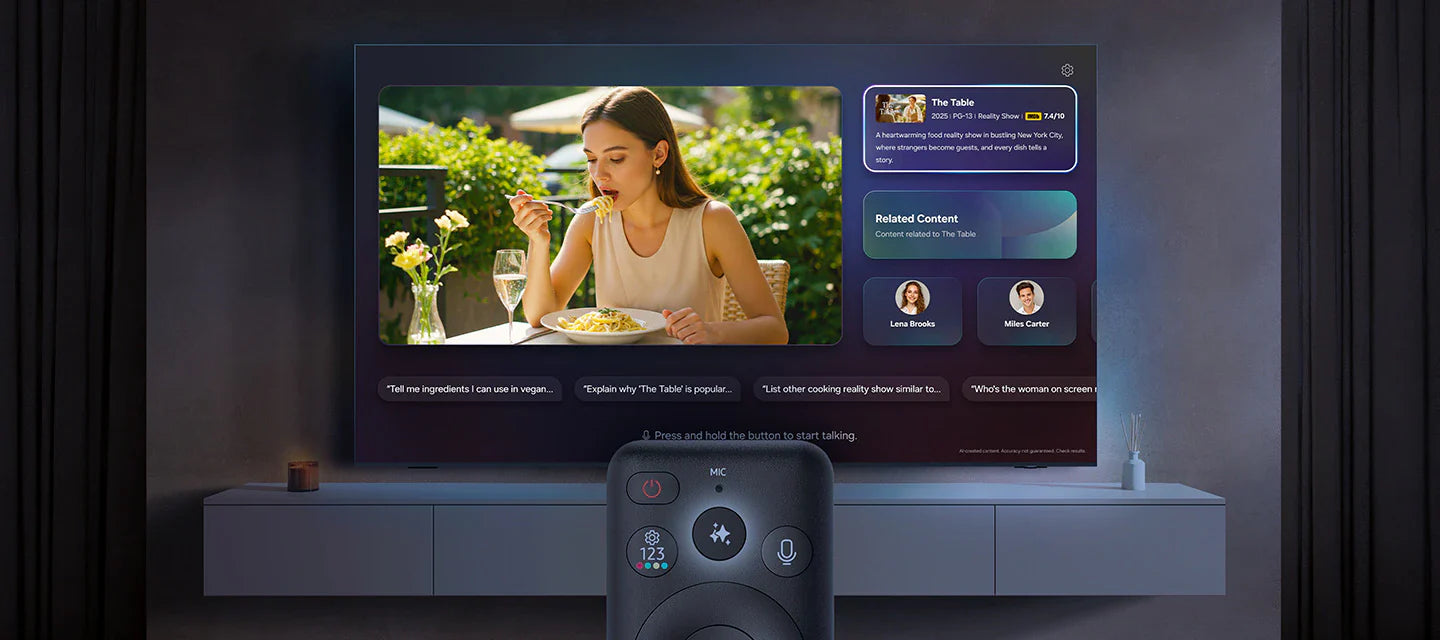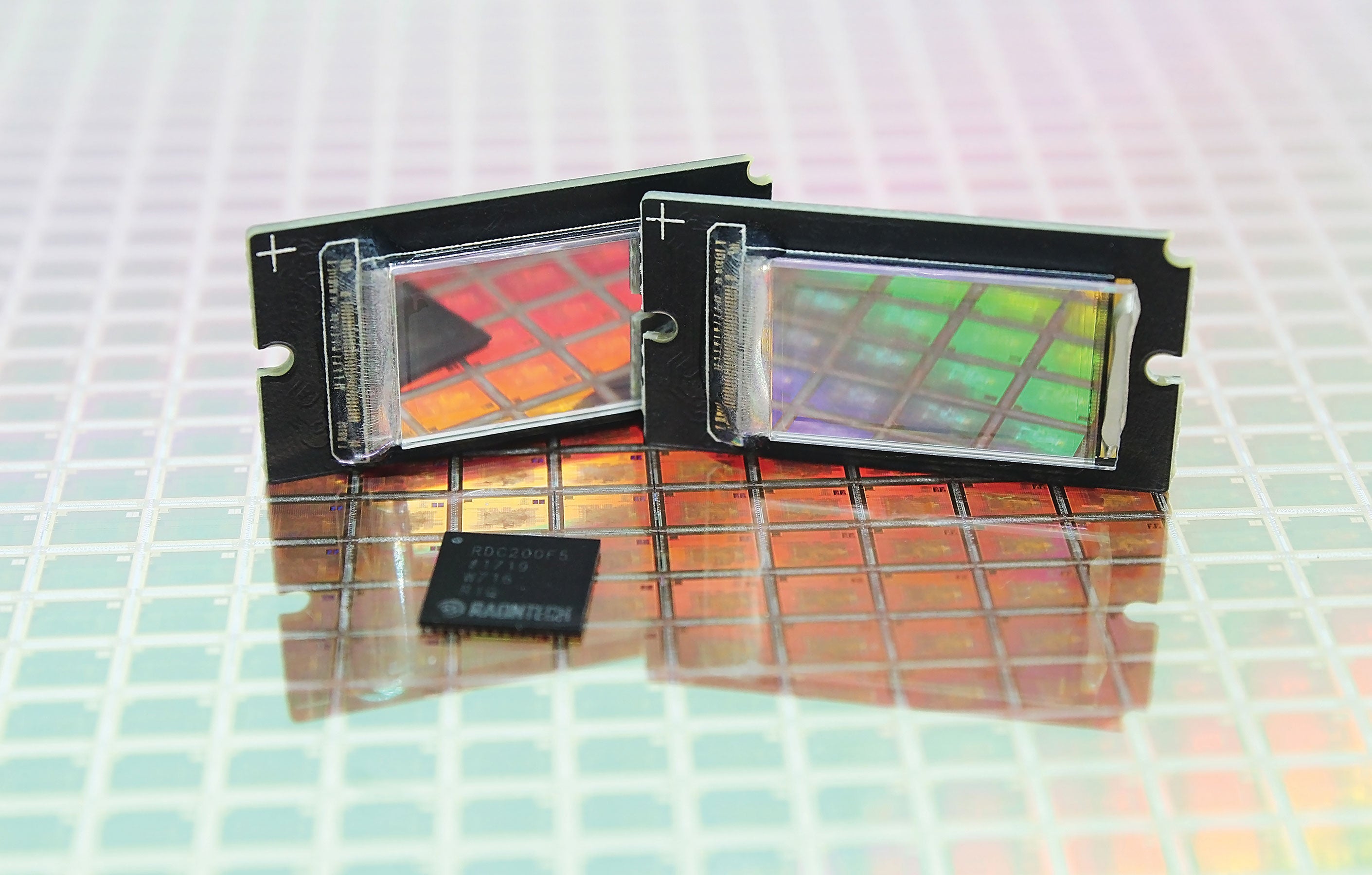
Micro OLED elevates AR/VR with over 3000 PPI to slash screen-door effect, under 10ms latency curbing motion sickness, and AMOLED architecture—boasting self-emissive pixels with 1,000,000:1 contrast...

Micro OLED Display, or OLED-on-Silicon, merges organic LEDs with silicon backplanes, boasting ~5000 PPI pixel density for ultra-sharp output; its structure uses RGB sub-pixels driven by silicon TFT...
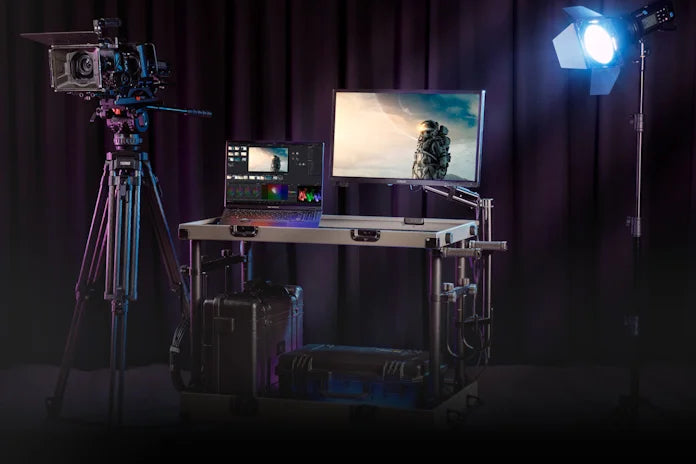
Micro OLED displays, leveraging silicon-based OLEDoS technology on compact CMOS backplanes, deliver ~5000 PPI density for ultra-sharp visuals, ideal for AR/VR; their HDR excels with up to 1,000,000...
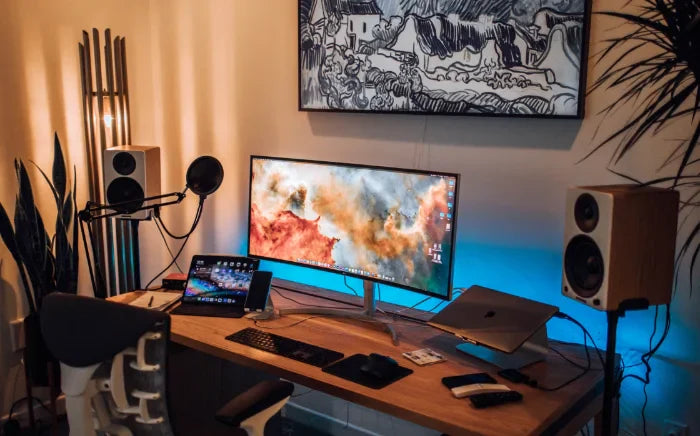
AMOLED, a subset of OLED, uses active-matrix TFTs to control pixels, enabling faster response times (<1μs) and lower power consumption (up to 30% less in phones) vs. passive OLED; its independen...
In 2025, AMOLED (Active-Matrix Organic Light-Emitting Diode), a subset of OLED, will dominate flexible displays with 75% phone market share(vs. OLED’s 85% overall), boasting sub-1ms response timesf...
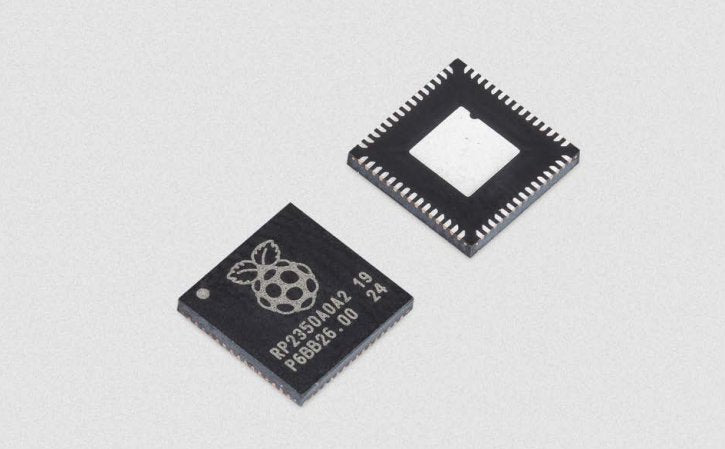
NexPCB provides robust support for display modules, catering to LCDs, OLEDs, and e-paper displays ranging from 0.96-inch small panels to 10.1-inch larger ones. Collaborating with 20+ verified suppl...
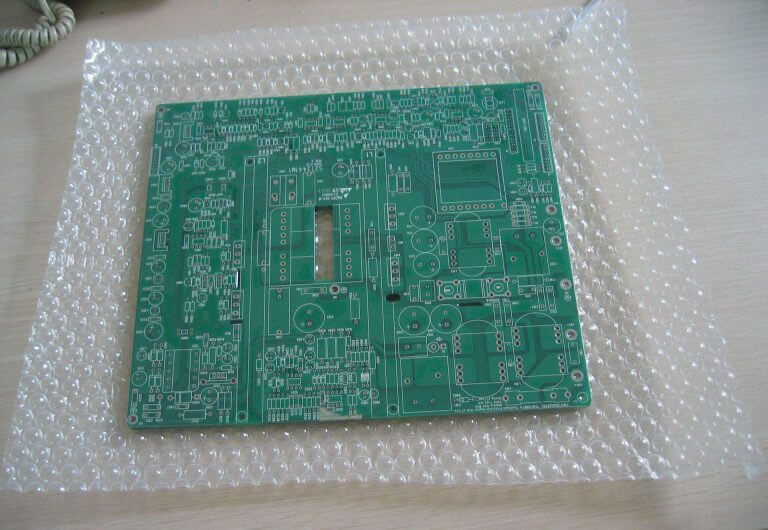
NexPCB ensures display modules ship safely by first sealing them in anti-static bagsto block static, then wrapping in thick EPE foam for shock absorption, before sliding into reinforced corrugated ...
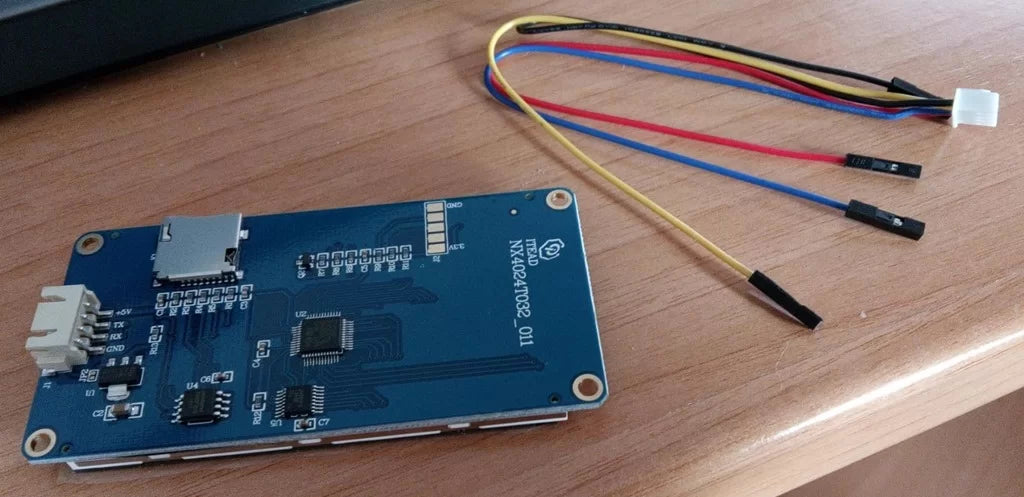
To verify NexPCB display modules’ authenticity, cross-check the unique 12-digit serial numberon the label via NexPCB’s official website—genuine ones show 98%+ match in database records. Inspect pac...

When buying a standard adapter, prioritize matching voltage/current(e.g., 5V/2A for basic phones, 9V/2A for fast charging) and interface compatibility, Micro-USB, or Lightning. Check for safety cer...


